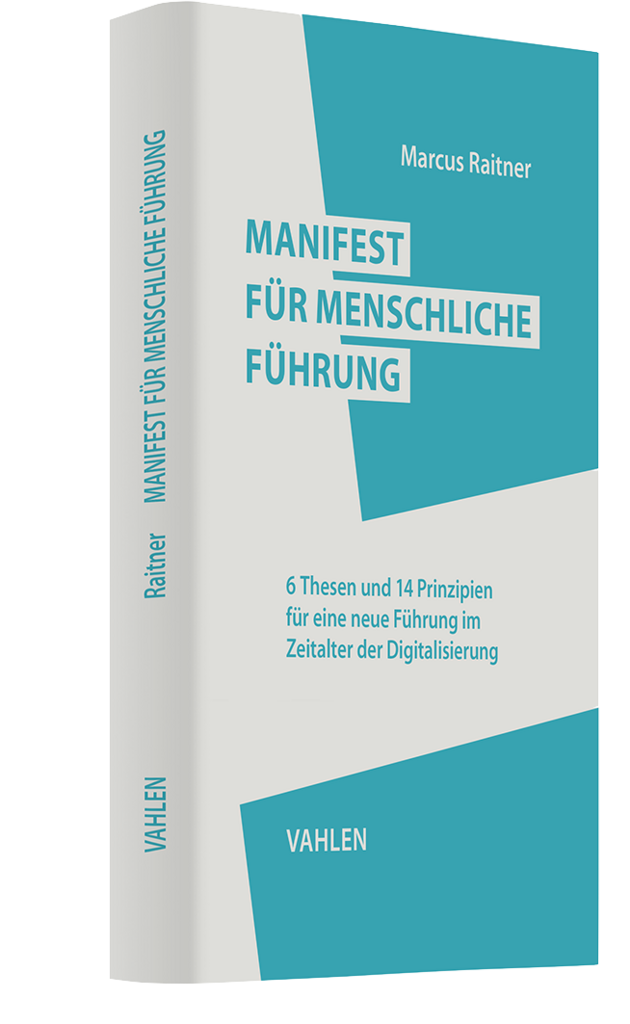Anyone who imitates Spotify or introduces SAFe or obtains imitated or falsified agile frameworks and disseminates them as best practice will be punished with futile ritual practices of not less than 20 hours per week and employee. The way into the agile cargo cult hell is well paved with best practices, blueprints and frameworks and is bordered by billboards saying: “Don’t invent the wheel again!” Agility, however, is less a question of methods than of principles and stance.
Essentially, all models are wrong, but some are useful.
George Box
Let’s get this straight: All frameworks and models have their justification and are useful in some way and in the right context (yes, even heavyweight frameworks like SAFe have useful aspects). The problem is not the methods, but blind belief in methods. And on the other hand, all models are wrong if they are introduced and rolled out from above without the necessary understanding of the principles behind them and without the right attitude.
Yoshihito Wakamatsu reports an interesting anecdote about Taiichi Ohno, who significantly influenced and further developed the Toyota Production System, in his book “The Toyota Mindset, The Ten Commandments of Taiichi Ohno”. During a visit to a Toyota plant, Ohno was accompanied by another manager. This manager noticed the apparent flaws in the implementation of the Toyota production system and asked Ohno why he had not corrected them immediately. His answer:
I am being patient. I cannot use my authority to force them to do what I want them to do. It would not lead to good quality products. What we must do is to persistently seek understanding from the shop floor workers by persuading them of the true virtues of the Toyota System. After all, manufacturing is essentially a human development that depends heavily on how we teach our workers.
Taiichi Ohno
Needless to say, Ohno could have demanded compliance with the Toyota production system by virtue of his authority. But he had understood that the resulting blind obedience would create more problems in the long run than this short-term cure would solve. Instead, he relied on teaching the workers better in the principles behind his model.
For the mere implementation of a framework this is clearly a very tedious and time-consuming procedure. However, Taiichi Ohno aimed for more. For him, the empowerment and enablement of the people affected was an integral part of this change. And that not only for the mere application of a few methods, but also and especially for the continuous further development and adaptation of the Toyota Production System along its underlying principles.
Something is wrong if workers do not look around each day, find things that are tedious or boring, and then rewrite the procedures. Even last month’s manual should be out of date.
Taiichi Ohno
It is precisely this empowerment that makes the decisive difference between beautifully celebrated cargo cult and real change. So there’s no reason why the agile transformation shouldn’t be inspired by good examples like Spotify or based on (seemingly) ready-made frameworks like SAFe, but please not only superficially! As with the often imitated and rarely reached Toyota Production System by Taiichi Ohno, this means promoting the self-organization of those affected on the basis of principles and thereby enabling and empowering them to further develop these methods. This way is more stony, but it is worth it.
Two roads diverged in a wood, and I—
Robert Frost. The Road Not Taken.
I took the one less traveled by,
And that has made all the difference






One Comment
Thanks for the good article and the inspiring quote of Mr. Ohno. Now, put this in contrast to ISO audit hell. There, you work frantically on fulfilling whatever standard procedure and documentation structure has been put in place by the central agile group, helpful or not